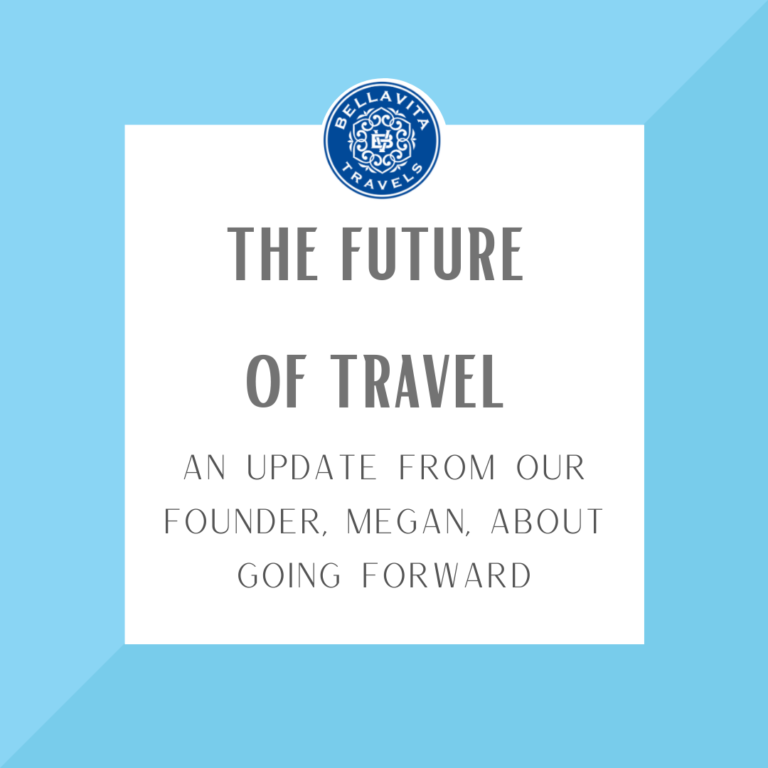Best Museums in Madrid: The Golden Triangle
Madrid boats a world-famous “Golden Triangle of Art”, anchored by three of the best art museums anywhere in the world. These museums explore, exhibit, and celebrate the incredible history of Spain and of art itself. For centuries, generations of the Spanish monarchy have not only collected and curated incredible art and artifacts, but they have also believed and advocated for making these works available to the public and sharing them with the world. This incredible investment in the arts has made Madrid an exceptional destination for art lovers, offering visitors unparalleled access to works of art that changed the world, and that can’t be found anywhere else.
Museo del Prado
The enormous Museo del Prado is the cornerstone of the Golden Triangle, and is the Spanish national art museum. Its collection of European art dates from the 12th through the 20th centuries, and contains thousands of drawings, paintings, sculptures, and prints, as well as historic documents and artifacts. Founded 200 years ago to share the art collection of the Spanish Monarchy, it is one of the largest and most visited art museums in the world.
Museo Nacional Centro de Arte Reina Sofía
The southern end of the triangle is anchored by Reina Sofía, inaugurated in 1992. This museum is devoted to modern art, focused on Spanish art and artists from the 20th century and on. It features spectacular collections on two of Spain’s most famous artists: Pablo Picasso and Salvador Dali. The most famous original work in the museum is Picasso’s mural-sized Guernica, one of the most powerful and moving anti-war paintings in history. The museum also features works from celebrated modern Spanish artists, including Joan Miro, Pablo Serrano, and Luis Gordillo. The international collection features art by Francis Bacon, Vasily Kandinsky, Paul Klee, Cindy Sherman, and Mark Rothko, among others. The museum also has a wide array of seasonal and temporary exhibitions, and an art library with more than 10,000 books.
Museo Thyssen-Bornemisza
The final corner of the Golden Triangle is the Thyssen. It is based on the art collection of Baron Thyssen, once the second-largest private art collection in the world, second only to the British Royal Collection. Today, it augments and supplements the explorations of the Prado and Reina Sofia by featuring historic periods, movements, themes, and regions not featured in those two museums. The impressive collection of European art features paintings from early Italian, Dutch, and Flemish painters, and works from the Renaissance, Baroque, and Rococo periods, as well as Impressionist and Post-Impressionist works. Notably, because many of the paintings were purchased from American millionaires during the Great Depression, it also features many prominent North American artists from the 18th and 19th centuries.
CaixaForum
While not yet formally listed as part of the Golden Triangle, The CaixaForum was deliberately situated within the geographical boundaries of the triangle, with the intention of claiming a cultural reference point there, and has rapidly become one of the most visited museums in Madrid. This art museum and cultural center is housed within a rebuilt power plant and is most famous for the incredible vertical garden on the exterior wall, with more than 15,000 plants. Inside, it features nearly 10,000 square meters of space devoted to art and cultural activities, with a permanent collection focused on contemporary art from the 1980s to today. It hosts showcases and exhibitions, as well as films, concerts, lectures, debates, and an array of cultural activities. The stunning space and variety of activities and information at CaixaForum have made it not only a must-do for tourists, but a popular meeting and activity spot for locals.
The three and-one-more museums of Madrid’s Golden Triangle work together to provide comprehensive education, information, reference, and access to the great works of art of the western world, and together make Madrid a simply unmissable destination for art lovers. Even better, because of the government’s commitment to the arts and art education, all of these museums have free admission during some hours or days of the week, ensuring that the great art of the world is accessible to everyone. This commitment to culture and arts education is deeply held by the citizens of Spain, and those values ensure that Madrid will continue to inspire and celebrate new artists for centuries to come.



